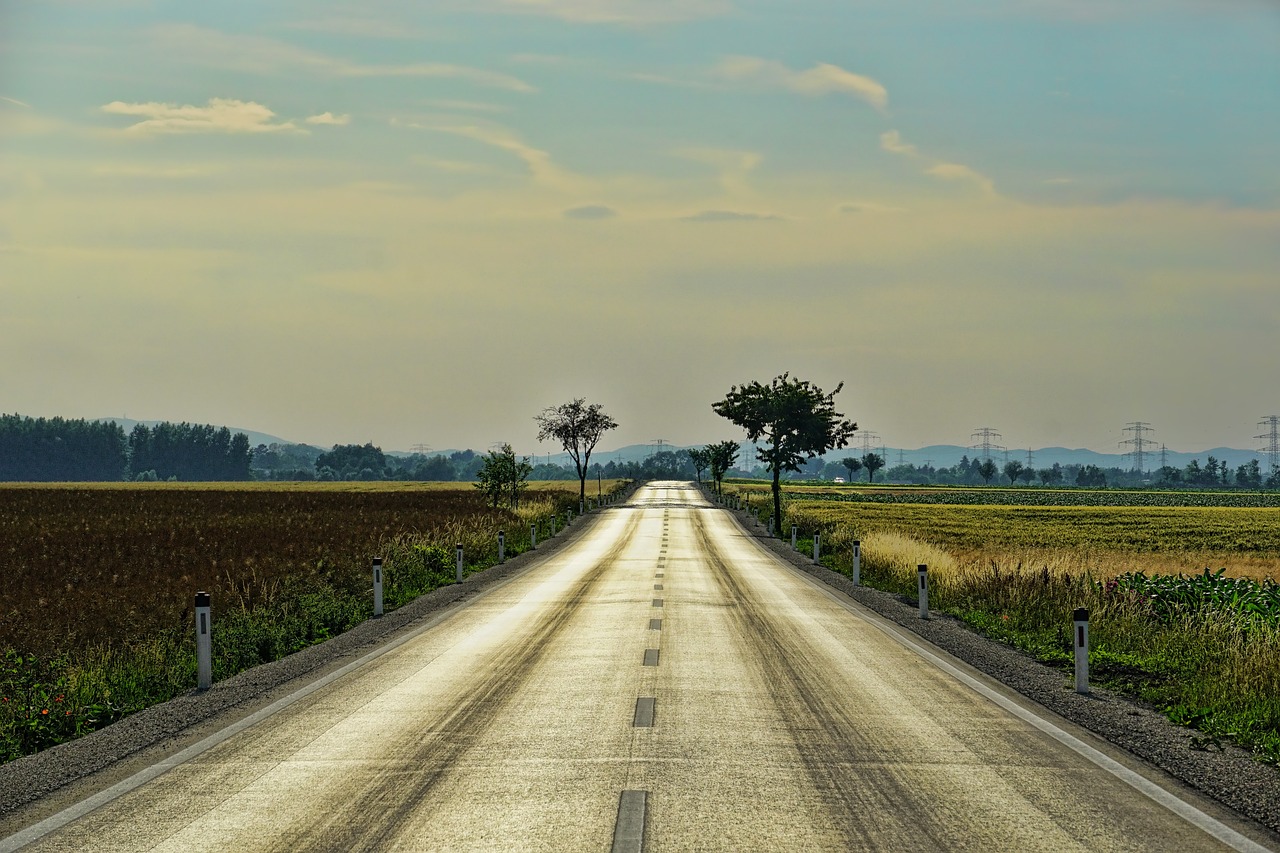Destinations - Part 2
Exploring Different Eras - Part 2
A Glimpse into the Renaissance
The Renaissance, a period of cultural rebirth in Europe, is known for its flourishing of art, literature, and science. This era, which spanned from the 14th to the 17th century, witnessed incredible advancements in various fields.
One of the most prominent figures of the Renaissance was Leonardo da Vinci, a polymath known for his iconic artworks like the Mona Lisa and The Last Supper. His innovative ideas in science and engineering also left a lasting impact on future generations.

The Roaring Twenties
The 1920s, often referred to as the Roaring Twenties, was a time of social, cultural, and artistic dynamism in the United States. This decade saw the rise of jazz music, flapper fashion, and a booming economy.
One of the most iconic symbols of the Roaring Twenties is the Great Gatsby, a novel by F. Scott Fitzgerald that vividly captures the spirit of the era with its portrayal of excess and disillusionment.

Into the Space Age
The Space Age, beginning in the late 1950s, marked the era of space exploration and technological advancements related to outer space. The launch of Sputnik 1 by the Soviet Union in 1957 heralded the start of this exciting period.
One of the most significant events of the Space Age was the Apollo 11 mission in 1969 when astronauts Neil Armstrong and Buzz Aldrin became the first humans to set foot on the moon, a monumental achievement in human history.

Conclusion
Exploring different eras allows us to appreciate the diversity of human experiences throughout history. Each period brings its own unique characteristics and contributions to the world, shaping the course of civilization.
Whether it's the artistic brilliance of the Renaissance, the cultural vibrancy of the Roaring Twenties, or the technological feats of the Space Age, each era offers valuable insights into our past and influences our present and future.
Which era would you like to explore next?
